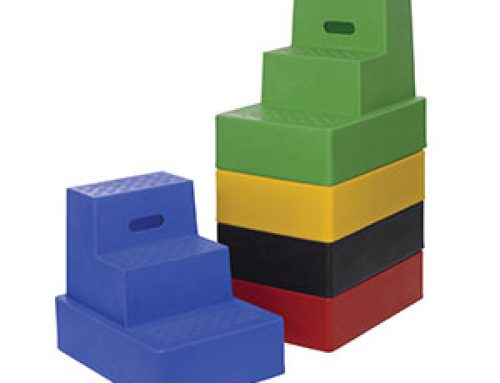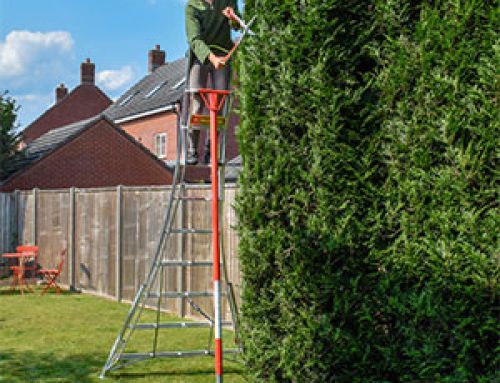Ladders are
responsible for around 40% of all falls from height, with the remainder caused
by falling from a roof, platform, vehicle or other structure. While the height
from which a person falls makes a big difference to the severity of the
injuries they sustain, and whether it is likely to be deadly or not, research
has found that age is a significant contributing factor in the outcome of a
fall from height.
The reason
height is a factor is due to the impact the body sustains (and partly the
surface) when acceleration is abruptly stopped.
Since most falls in the construction industry, and in the domestic
arena, are onto hard surfaces the risk of injury is great even from lesser
heights (those under 6 feet). There is
also the risk of falling onto something sharp or solid that can cause fatal
head trauma or other serious injury.
Falling onto grass, or onto an airbag as stunt people do in movies,
breaks the fall more gently allowing for taller heights to be more survivable.
Research from
2018 in the US construction industry found that above 10 feet, the fatality
risk increased sharply, with 11.7% of fatal falls under 10 feet, rising to
19.7% between 11 and 15 feet then a 17.4% fatality rate from falls up to 20
feet. Above this height, falls had a
lower fatality risk but that isn’t because they are more survivable, it’s
because work above this height is less common on a ladder, and workers
typically wear fall arrest harnesses at higher elevations.
It is the
severity of injury that makes falls from a great height more likely to be
fatal. Blunt force trauma to the head
and chest are often not survivable, while spinal fractures and severe trauma to
internal organs (either directly from impact or as the result of a broken rib
piercing the organ) are also common injuries that can result in death within
hours following the accident.
Finally, age
plays a big role in the injury and fatality risks of ladder falls. A study comparing ladder fall injury outcomes
from 2014 found that people over 66 were four times more likely to sustain a
severe injury than those under 45, and were nearly four times more likely to
sustain a severe head trauma compare to the younger group. The risk of thoracic (chest and back)
injuries was 2.7 times more likely in older patients.
In fact, the
only type of injury less common was forearm injuries, suggesting that slower
reaction times in older people stop them from taking defensive action when they
fall. This also increases the risk of
serious injury, as they do not break their fall in the same way that younger
people with quicker reflexes can. As we
age our sense of balance declines, so we don’t get the same sort of input as
younger people do, which allows the body to take evasive action (such as putting
out your hands during the act of falling).
Older people
also have more brittle bones and are more likely to be seriously injured than a
younger person who experiences the same height of fall. Added to this is the likelihood of older
people attempting DIY alone, compared to younger people who are more likely to
be using a ladder in the workplace.
Ladder use in a professional workplace tends to be safer, as they
receive regular training on correct set-up and there are people around to help
foot the ladder and get help if an accident happens. Quick treatment can help reduce the fatality
risk of traumatic injuries as well as detect internal bleeding.
While height
and surface play a big role in the fatality risk of a ladder fall, age is also
an important factor that we should all be aware of as we get older. It’s also a timely reminder to check in with
our older friends, relatives and neighbours to ensure that they aren’t climbing
a ladder needlessly if someone else could do the job for them.






Leave A Comment
You must be logged in to post a comment.